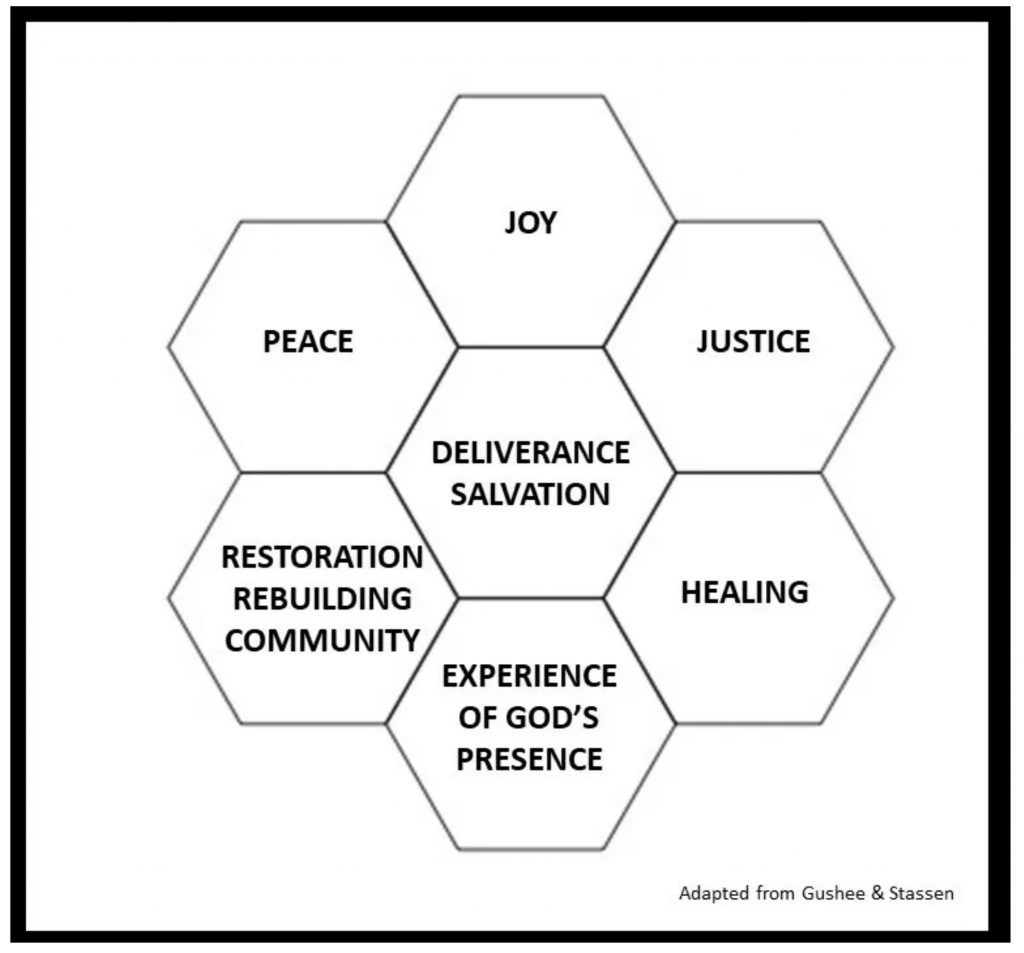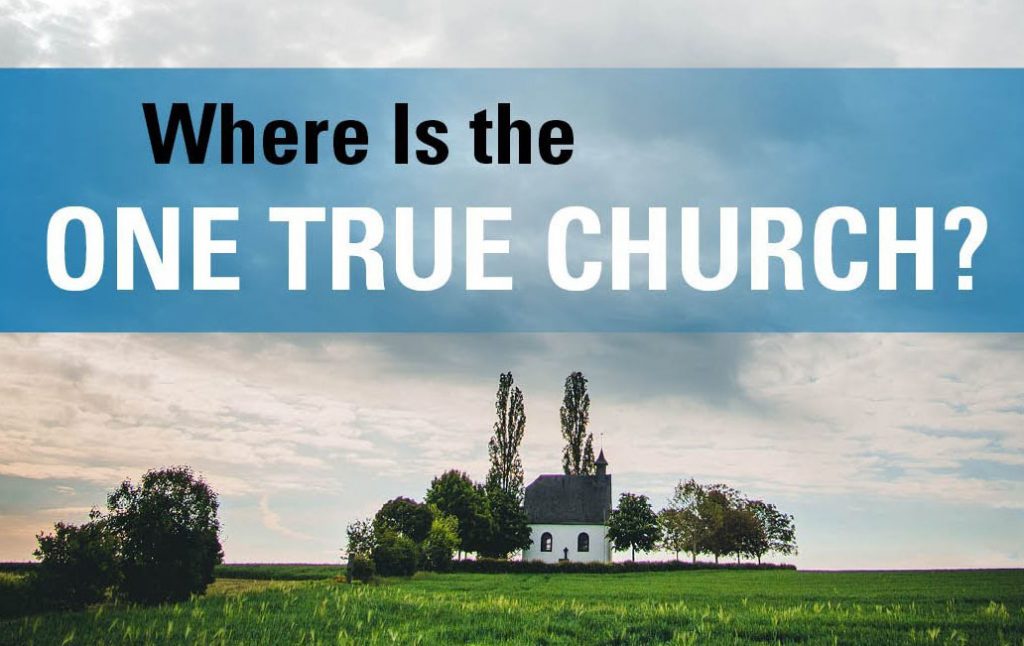This post continues thoughts on Real Church. Read the previous post HERE.
I am resolved that my pursuit of “real church” will be one of discovery and I will resist my compelling need to explain. As Crabb concludes: “The passion to explain leads us along a path that ends badly.”
My responsibility is to know I reside on a continuum between an idealized church and the real church. My mission is to discover and surrender to the will of God for His gathered people, in that pilgrimage the real church will come forth.
I remain committed to the statements from the previous Real Church post. However, three weeks since writing that post, struggling with the idea of real church, I realize just how much of a challenge, perhaps impossibility, it is to set aside my idealized abstractions about church and discover real church. That understanding is important, otherwise my pursuit will only lead me to confirm my idealized abstractions. I have no illusion that I will discover “the” real church, but I do believe I can move closer to real church.
Although I am not a theologian,Kung was encouraging
“…the theologian learns by his mistakes and that if he is prevented from making any, he is prevented from constructive thinking; that it takes time not only to find the truth but also for the truth to take effect in the Church generally, in the face of innumerable obstacles, of the prejudices and pretexts of an opinion communis which masquerades as genuine doctrine.”
My hope is for —constructive thinking , some truth regarding real church and patience for truth to take effect.
Returning to Hans Kung’s book “THE CHURCH”, I believe he is helpful in creating a starting point to pursue real church. Here are some citations:
Rather than talking about an ideal Church situated in the abstract celestial spheres of theological theory, we shall consider the real Church as it exists in our world, and in human history. The New Testament itself does not begin by laying down a doctrine of the Church which has then to be worked out in practice; it starts with the Church as reality, and reflection upon it comes later. The real Church is first and foremost a happening, a fact, an historical event. The real essence of the of the real Church is expressed in historical form.
The “essential nature” of the Church is not to be found in some unchanging Platonic haven of ideas, but only in the history of the Church. The real Church not only has a history , it exists by having a history. There’s is no “doctrine” of the Church in the sense of an unalterable metaphysical and ontological system, but one which is historically conditioned , within the framework of the history of the Church, its dogmas and its theology.
God’s salvific act in Jesus Christ is the origin of the Church; but it is more than the starting point or the first phase of its history, it is something which at any given time determine the whole history of the Church and defines its essential nature.
For those who believe the Church is headed in the wrong direction. Kung poses an essential question “…by what criterion are we to judge that the Church is headed in the right direction?” I believe the starting point to determine criterion by which to judge is understanding the essence of the Church. Paraphrasing Kung, the essence of real Church is found in its origin, a happening, a fact, a reality — namely, God’s salvific act in Jesus Christ.
“It [the Church] stand or falls by its links with its origins in Jesus and its message ; it remains permanently dependent for the ground of of its existence, on God’s saving act in Jesus Christ, which is valid for all time and so also in the present.”
For what I received I passed on to you as of first importance: that Christ died for our sins according to the Scriptures, that he was buried, that he was raised on the third day according to the Scriptures,
1 Corinthians 15:3-4 – NIV
The Church must constantly reflect upon its real existence in the present with reference to its origins in the past, in order to assure its existence in the future.
Kung
Pursuing “real church” begins with an assessment of a church’s loyalty to the essential nature (essence) of “real church”, a church that is …committing itself to each new day afresh, accepting the changes and transformations of history and human life, constantly willing to reform, to renew, and rethink.”
Concluding the essence of real church originates in the reality of God’s saving act in Jesus Christ is a game changer for me. When I consider that the Day of Pentecost is when I have believed the church was established, there are profound implications. My idealistic, abstract notions of church as described on the day of Pentecost are inadequate criterion to judge a church’s loyalty to the essential nature of real church.
As Kung states, a concern that the church is headed in the wrong direction must be taken seriously. The vital question is… by what criterion are we to judge that the Church is now headed in the right direction?
Answering first in the negative, he comments, …the Church is not on the right path so long as it adapts itself to the present; nor is it on the right path as long as it holds fast to the past.
How do we know the Church is on the right path? — … the Church is headed in the right direction when, whatever the age in which it lives, the Gospel of Jesus Christ is its criterion..
Well at least that narrows it down —real church is not adapting to the present nor is it holding to the past — now all I need to do to find real church whose criterion is the Gospel of Jesus Christ!
In the next post, I intend to wrestle with what a church looks like whose criterion is the Gospel of Jesus Christ.





